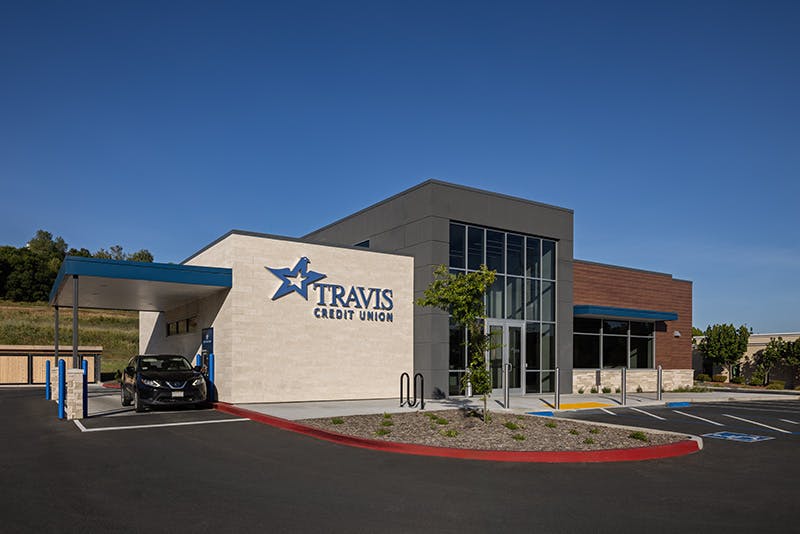How are we going to grow core deposits?
This is the question many credit union and community bank executives have recently been wrestling with. With zero percent interest rates a thing of the past, the only real option financial institutions have is to expand their reach—attracting new members or customers who make new deposits. How can you avoid mistakes financial institutions make to grow core deposits?
The unfortunate reality is that many executive teams had been lulled into an uneasy sleep over the last 15 years, thinking that the low interest rate environment would never end. Now, finally facing the fact that we won’t be going back to that any time soon, they’re scrambling for a silver bullet to find new customers, open new accounts, and bring in those new deposits.
In that scramble, we’re seeing credit union and community bank executives oftentimes making three big mistakes. If you want to cultivate a growth strategy that yields consistent, predictable long-term growth, you’ll need to avoid all three.
MISTAKE #1: Putting all your eggs in the digital basket.
Do you need a good solution for online banking? Of course. Are you going to create an online banking experience that differentiates you in your market to the degree that it will be your primary growth engine? Probably not.
Community based financial institutions will almost always struggle to compete on a digital solution alone when compared with enormous banks that can invest tens of millions into their online tools. You need digital banking solutions that work, yes, but you’ll never grow solely based on your app or your online bill pay.
To compete and win the online banking battle will take more than you will ever be able to spend. If you’re putting all your hopes for growing core deposits into attracting new members or customers through your slick mobile app, think again. The online experience is one factor—and not even the most important one—for people (no matter their age) who are evaluating banking options.
Digital alone won’t grow your core deposits.
MISTAKE #2: Believing the “branching is dead” myth.
Branching as a growth strategy is far from dead. If you’ve been paying attention lately, both PNC and JP Morgan Chase recently announced enormous investments in their branches.
They’re planning to open new branches, close under-performing branches, and remodel existing branches, investing billions of dollars in making sure that they’ve got up-to-date locations in the communities where their potential customers live and work.
At LEVEL5, we’ve seen insight-based branching strategies predictably grow core deposits no matter the economic landscape. Digital transactions don’t build trust. And trust is what ultimately drives where people put their money.
When you’re on a road trip, you’ve got to decide which gas station and convenience store you’ll use. How do you decide? You look for indicators of the other businesses nearby, if the exterior looks clean and well-maintained, and the ease of access to get in and get out.
If you consider all those factors when you’re going to spend 10 minutes there to fill up your car and get a snack, how much more important are those factors when people are considering where to put their money? Branching is still the best strategy to build trust and attract new customers.
MISTAKE #3: Thinking data is the same thing as insight.
Do you remember when everyone started talking about the power of big data? The conversation was all about how advances in technology would allow smaller entities to gain the same access to enormous amounts of data to better understand their companies and their customers.
Big data by itself won’t help you grow your credit union or community bank. Everyone has data these days. You don’t need more data. You need more insight.
When you can sift through the mountains of data and draw conclusions that matter, that’s insight. When you can see and take advantage of real estate opportunities when the best locations aren’t even on the market, that’s insight. Insight comes from combining data from many sources—including boots-on-the-ground research—and leveraging both experience and expertise to understand what the data means … and how it can guide your growth strategy.
If you don’t avoid these mistakes financial institutions make to grow core deposits, you’ll be taking enormous risks and miss key opportunities while your competitors—including the big banks like PNC and JP Morgan Chase—gobble up the best locations and new deposits.
But if you can resist and avoid these three mistakes, you’ll be on your way to developing a predictable growth strategy that will attract new customers and increase your core deposits and get a jump on the competition.




